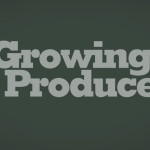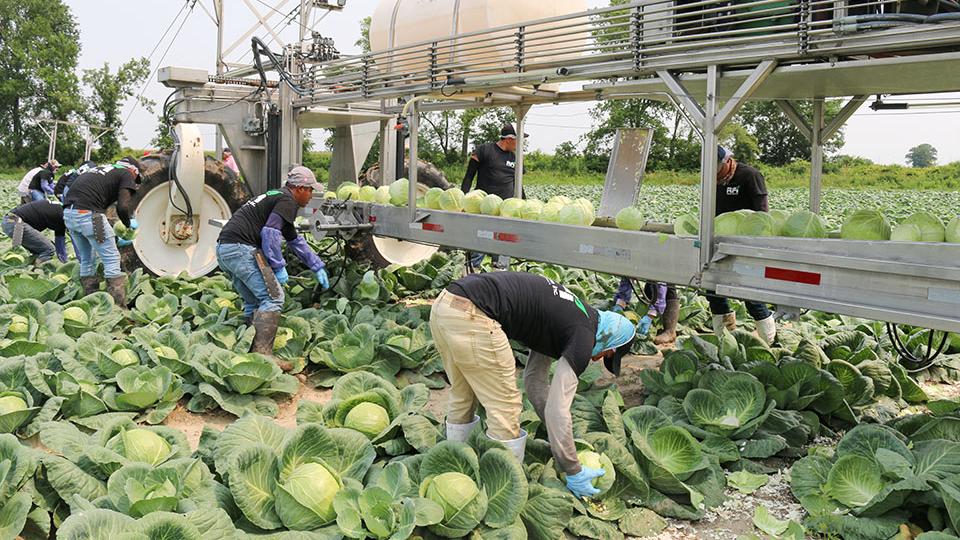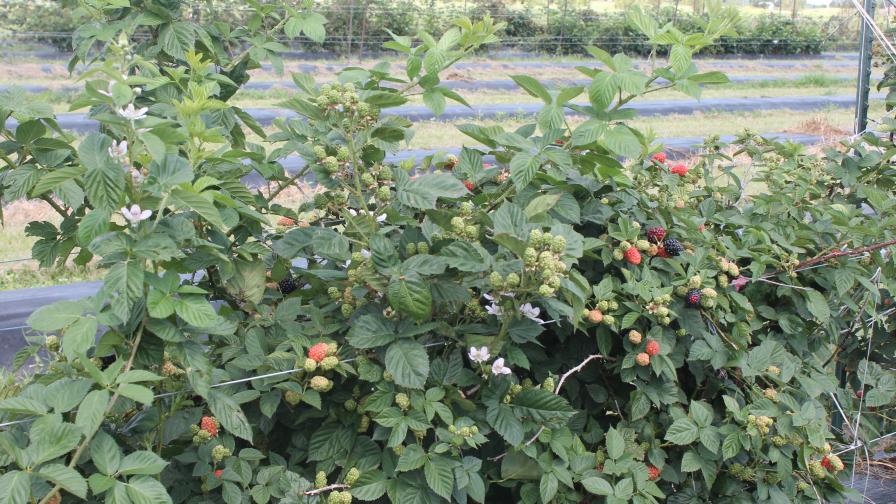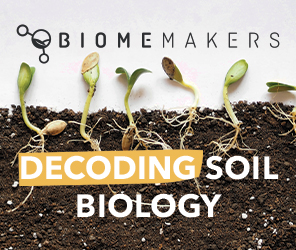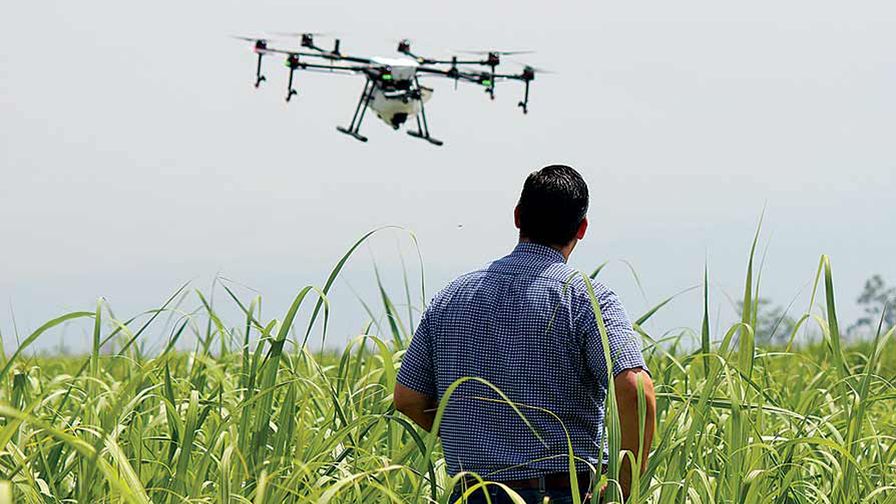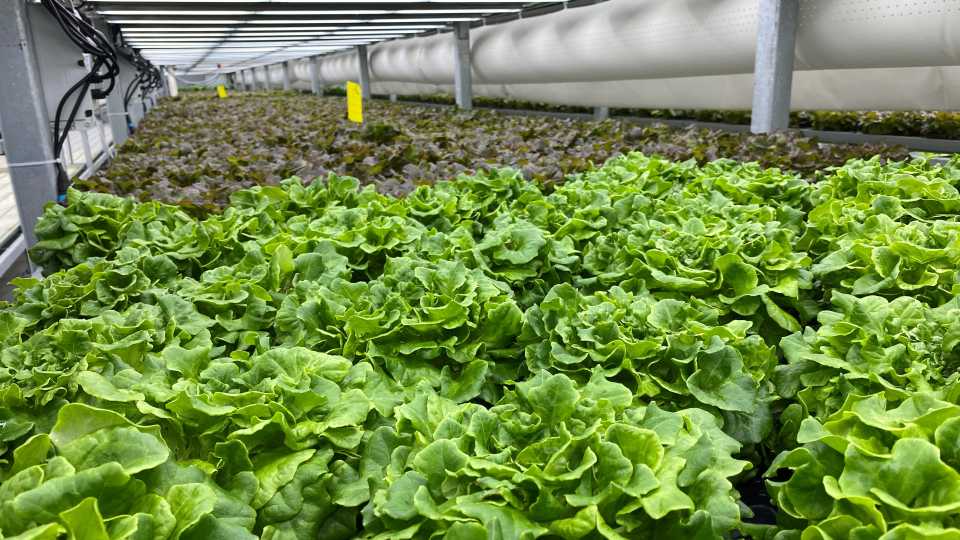Almond Growers Get New Tool In Fight Against Hull Rot
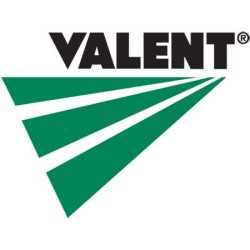
Valent U.S.A. Corporation announced a FIFRA Section 2(ee) recommendation for the use of Quash Fungicide on hull rot in almonds.
This Section 2(ee) for Quash (EPA Reg. No. 59639-147) equips California growers with a much-needed new option in the fight against hull rot, an extremely tough-to-control, late-season disease that can devastate an unprotected almond crop.
Quash provides highly effective, top-rated control of a broad spectrum of tough almond diseases that occur throughout the season, including Alternaria, rust, brown rot/blossom blight, scab, shot hole, and more.
The curative action of Quash stops fungal growth prior to disease development for improved disease control and crop quality. Quash is also very active at low rates, empowering growers to do more with less.
Issuance of the Section 2(ee) recommendation follows years of trials in which Quash delivered consistently strong results when applied for hull rot.
“Growers have very few tools to use for hull rot and we think they should be considering Quash as one of them,” said Gerald Holmes, product development manager for Valent. “We’ve looked at two years of data in multiple locations with Quash, and we have seven individual trials in which the average disease control was 42% and as high as 61%.
“Anything that can reduce the amount of hull rot is really important to almond growers,” he said. “The data shows that Quash is as good as any product available for this disease.”
Incidences of hull rot are on the rise due in part to changes in cultural practices such as increased nitrogen fertilization and irrigation, Holmes said. Almonds are most susceptible to hull rot when they are moist and cultural practices that increase uniformity of hull split and decrease drying time will reduce the incidence of hull rot.
Hull rot is of special concern to almond growers because the losses it inflicts are absolute.
“Hull rot occurs shortly before harvest. A grower can lose a substantial portion of the crop right before the finish line, and that’s a terrible loss,” Holmes said. “If you have a disease that affects buds or foliage early on, there’s still potential for the tree to compensate. But when you lose your crop right at the end, there’s no way of getting it back.”
Growers should apply Quash once at early hull split for optimal results, Holmes said.
For more information, click on Quash.




